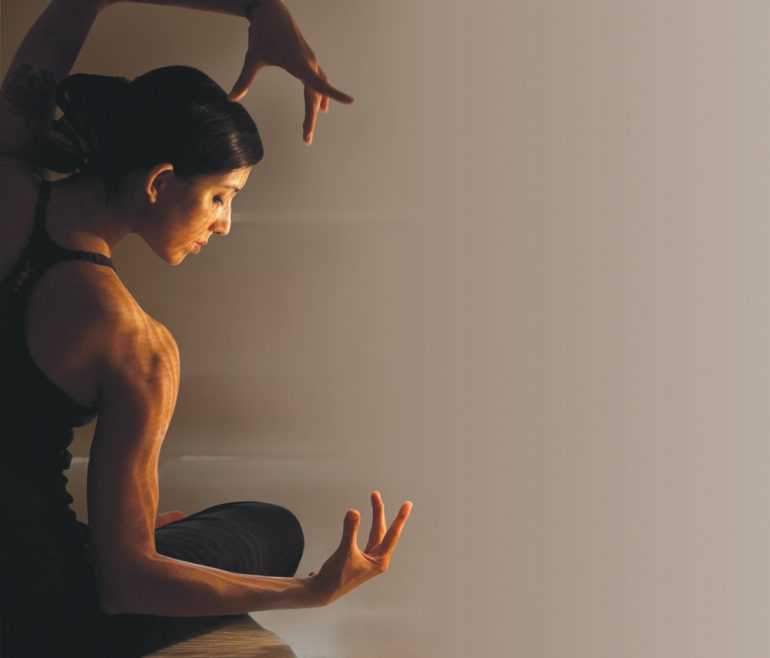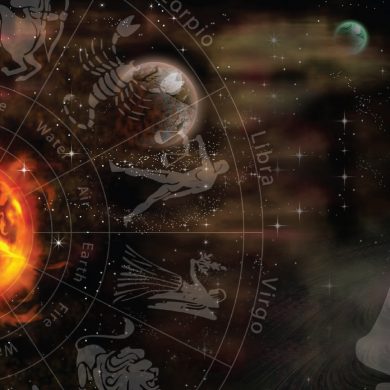The Mother Goddess opened up the windows of my heart to her beatitude and to her grace. She gently drew me into a mystical world of amazing marvels, where I met beautiful people with deep resonances in the inconceivable surroundings of her sacred creation. There arose a profound awareness along with a worldly intelligence at viewing life’s larger picture, seeking divinity within the throes of Mother Nature.
One soon realized that the reality of Shiva, the transcendent Being, is seeded deep within us. The eternal presence of Shiva’s light rests in each soul and is not something that one need reach out for as if it were apart from ourselves. Shiva’s light is not circumscribed or restricted by any effort or design. An aggressive or desperate approach to the spiritual life never ended and move with all of life. They cannot be limited to the pages of a book. Our inner consciousness spontaneously relates to the abundance and beauty of Nature’s world through our ability to sense the Divine spirit of a tree, the mountain rock, the flowing rivers, or whatever is paraded before our senses in the natural world around us.
The female sadhak who embraces Mother Nature from within is the true Yogini. The Yogini abounds in the sweet bliss of Nature’s mysticism. The Yogini yields to the gentle strains of the inner guru. The one who inspires us from within is the real guru, removing the veils of darkness which cloud our thoughts and actions, not simply the one who teaches or preaches. The Yogini sustains the flow of inner joy that is the true form of the Guru Shakti. The Yogi can only provide the space and the presence for Shakti, but the Yogini herself carries the powerful currents of its celestial energies.
The female sadhak who embraces Mother Nature from within is the true Yogini. The Yogini abounds in the sweet bliss of Nature’s mysticism. The Yogini yields to the gentle strains of the inner guru.
works, for Shiva and Shakti must be experienced through Bhakti, through deep love and fervent invoking. Clarity of thought, astute awareness and shraddha “deep faith and confidence” must be invoked in tandem with the universal energies that pervade even our ordinary lives.
A Devi or “Goddess” energy guided me in seeking out the purity and mystique of one’s essence, allowing the bliss of Her eternal presence to illumine my prevailing awareness. Life never changed, but my approach to its myriad experiences took on a new mantle. Through the Devi’s grace one embellished the fabric of this sacred mantle with rich hues of varied designs and motifs of larger spiritual experiences. Mother Nature continued for me as the support of a veritable Guru, unraveling her wonder and beauty wherever I happened to be. Mother Nature has no religion, just as she recognizes no national boundaries. Her scriptures are open However, before we can embrace the sadhana of the Mother, we must create the vessel to allow her grace to be held. For this aim, we need to deal with our own mental and emotional turbulence first. All the emphasis on psychology dominating our thought today, even in the spiritual realm, has driven people into analyzing their suffering and blaming others for it, rather than learning how to catalyze it into something higher. Through sadhana one learns not to dwell on emotional hurts and traumas; instead we must transform our personal psychology into a deeper love and joyousness, embracing it with gratitude and willing to move forward and shift its energy to higher planes of nirvana.
Life is not meant to be a saga of sinful acts, for which we are continuously punished and left guilt-ridden. Life is meant to be an incessant festival of joyousness and vivacity that is the play of Shiva and Shakti. Every moment of our lives can unfold a deeper experience of the Divine presence, whether it is our kitchens, our offices or in our meditation rooms, once we awaken the inner flow of grace that is our real seeking behind all that we attempt.
The mystic spirituality of Rishis, the great seers of ancient India, is not a faith veiled in sin, condemnation, judgment or damnation. It is the truth which leads us to the transcendental reality of life as a celebration, where every experience holds universal blessings through the grace and abundance of unbounded divinity. It rests in the beneficence and freedom of Nature which is an expression of a higher consciousness and joy.
My sadhana transpired amidst the blissful throes of Nature’s abundance, in the sacred shadows of the great Himalayas, opening up vast vistas within, unveiling the secrets of the Supreme Spirit. My traverses into sacred precincts of ancient temples like Kedarnath or Jhula Devi enkindled the embers of my inner fires, drawing me into the mystical realms of the Devatas, the universal sacred powers. What the western mind calls Hindu Gods and Goddesses, we refer to with reverence as Devatas, are Divine principles, sacred aspects of Brahman, the impersonal Godhead reaching beyond the manifest universe. Devi or Deva manifest as powers of Bhakti Yoga or Divine love and Jnana Yoga or Divine wisdom. They symbolize Ishvara, the Cosmic Lord and Creator which is why their forms and powers as extraordinary, supernatural and paradoxical.
The sadhak with an inner vision and deep devotion realizes the Divine currents of the Devata working through the forces of light, fire, time, space and all of Nature. He experiences that Brahman manifests as the unchanging ground of being within the entire cosmic revelation. Brahman prevails in the Devata, God, the Guru, and the sadhak’s own self. The Deva and Devi are the two aspects of this supreme Brahman as its Shiva or will and Shakti or energy.
The Devi’s Grace, through devotion, prayers, rituals, and the maintenance of a pure sattvic lifestyle, transforms our individual personality into a vast impersonal, balanced nature of equipoise. Divine Grace energizes and personifies the Infinite, allowing us to move through the entire gamut of life, death and rebirth. In experiencing the Divine forces as Brahman, we truly allow ourselves to envision the powers and characteristics of their divinity through the yearnings of our spiritual heart. We discover the Divine Person who is not limited by the taints of any human personality, who has the peace of the impersonal, but can manifest it through Divine love.
Not bound by the limitations and prejudices of the human mind, one can experience the deeper meaning of the entire Hindu pantheon of innumerable Devatas or Gods and Goddesses. Paying reverence to these Divine forces by worshipping them through mantras and meditation drew me into their flow of grace. In Hindu spirituality, the devotee looks on the Divine as the mother, father, the consort, child or ideal companion or friend – through all possible human relationships or modes of devotion. Hinduism is not about mere idol worship; the image is but a conduit of sacred intimacy to specific Divine powers of deep love and wisdom beyond our human consciousness.
In inner Yoga practices, one learns to resonate with the sacred name to the nameless; through the sacred form to the formless. Vibrations of the sacred mantra lead us into a deeper silence and transcendental bliss pervading the Absolute void. The sadhak associates himself with human factors in his worship of the Devata. Yet the Devi-Deva, “goddess or god” gradually merges into the one Godhead, the Absolute Brahman who is beyond all personality and form. The human heart understands the expressions of Divine love and emotion held by such visionary forms. The deity is propitiated in the form of a living or manifest divinity with rituals, sacraments, ceremonies and celebrations.
For Shakti-sadhana or Devi spiritual practices, one needs to cultivate the quality of a Vira, a heroic, valiant and fearless approach. Only a courageous soul can perform the internal and external puja, the worship of the Goddess of supreme power. The Vira seeks the truth in every sphere of life unfolding the higher ideals of a spiritual existence. Life plays out the sacrificial Yajna, “sacred ritual” with every simple act of worship in every living moment of our existence, in which we learn to offer ourselves to this higher unknown power.
Sacred rituals hold a deep meaning, symbolizing Nature and the Cosmic Reality. Yoga itself is an internal ritual of worshipping the Divine within. Propitiating a Divine form with flowers, incense, fire offerings, sacred chants, food and prayers, we initiate the sacred rites into our own consciousness. Bathing in the waters of sacred rivers purifies our inner being. Through fire rituals we burn away impurities in ourselves and in the environment. Residual sensory impressions, mental agitation and emotional anguish are purified through incense, the sattvic food we eat, mantra and meditation.
Rituals are an expression of deep faith or “shraddha,” unfolding subtle nuances and the language of transformation, divinity and purity. Vedic rituals use certain sacred materials, which enhance the power of our senses and open their inner potentials. The special incense, food, wood, flowers, oil, and sacred chants employed, all create vibrations which resonate with the subtle bodies of both the Devata or ‘divine form’ and the person partaking in the practices. The sacred space of worship is fortified with mantras against all negativities, drawing lines of protection in the form of fire and water. Through sacred rites of Prana Prathistha, specially designed to bring the spirit into the object of worship, the form, image or picture, is induced with Divine life energy. It is worshipped and consecrated with great love, adoration and tender care; through offerings of food and clothes, bathing and shringar or “adorning with ornaments.”
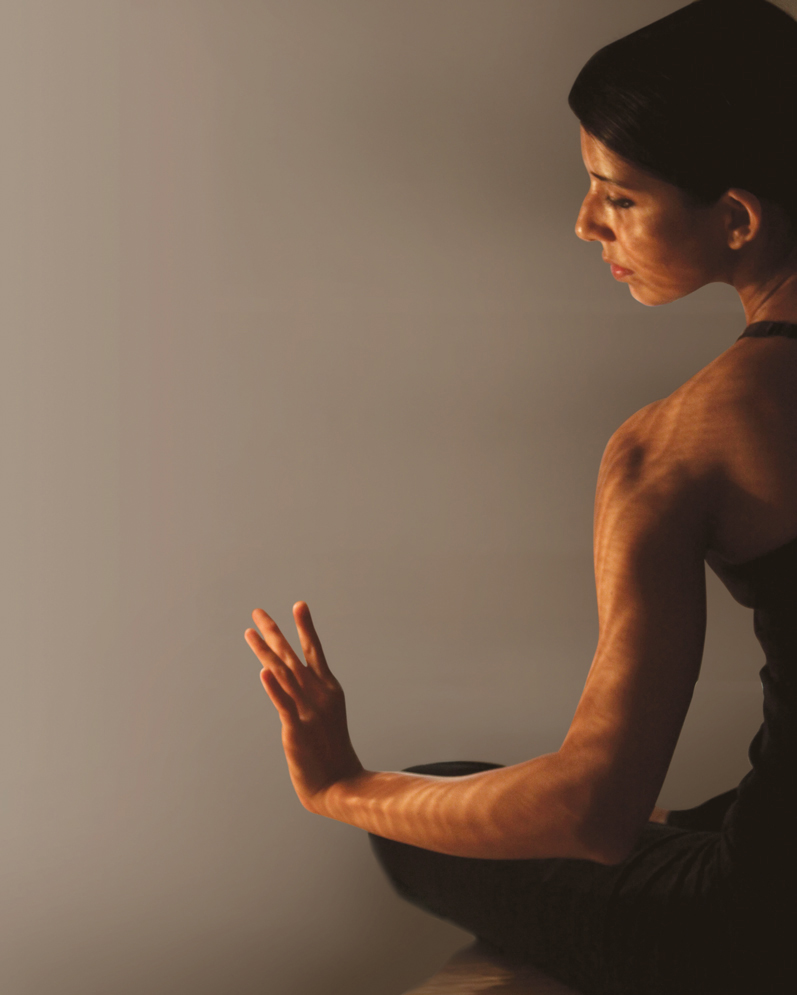
It is the truth which leads us to the transcendental reality of life as a celebration, where every experience holds universal blessings through the grace and abundance of unbounded divinity.
Sacred rituals hold a deep meaning, symbolizing Nature and the Cosmic Reality.
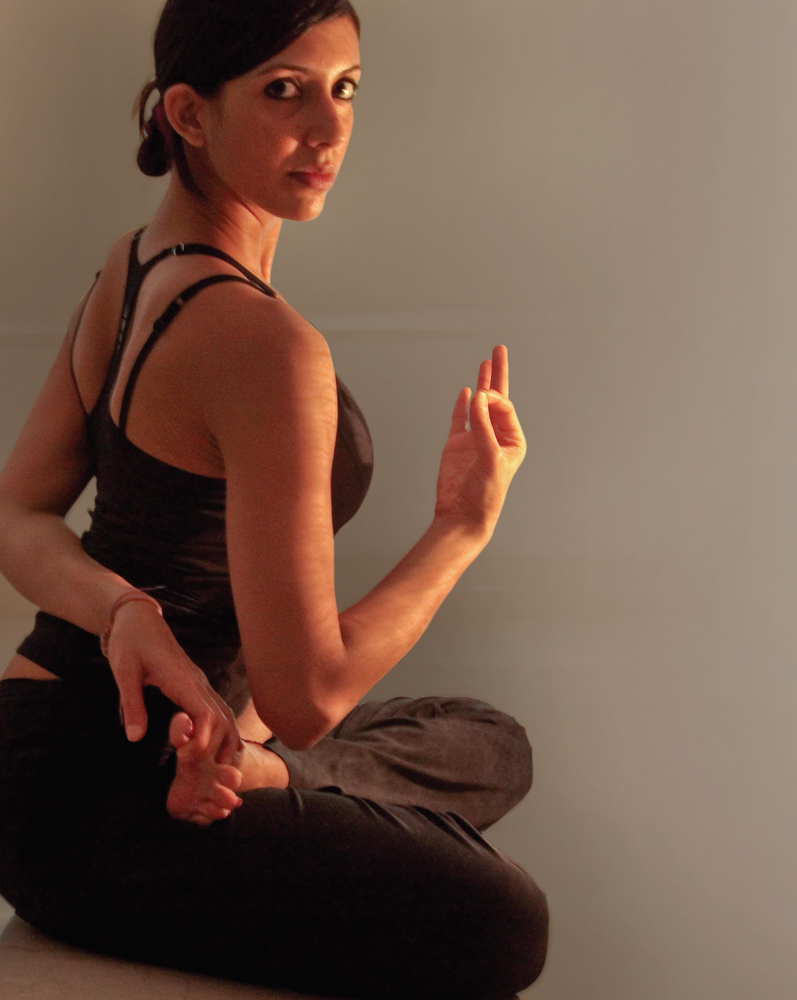
Puja involves placing Prana, the life force, into the deity form. The Devata, deity, icon or form, remains inert unless energized with love, life and a consciousness. The image is no longer of simple clay, stone or a mixture of metals; it embodies the spirit, throbbing with the pulse of life, love and higher consciousness, resonating with our being.
Through such sacred rites, I learned to take myself beyond worldly appearances, experiencing unlimited space. The whiff of incense impregnated a higher consciousness, the mantra recitation and music sung in their higher glory, throwing light on my own human limitations. Through this sacred honoring, the seeker aspires to traverse beyond the outer forms, names and rituals, ultimately realizing the Devi energy in the all-pervading Absolute Consciousness.
The true sadhak awakens various energy centers in his being, invoking the Supreme Spirit into one’s own heart. All ritualistic worship aims towards drawing the Divine into the inner seat or throne in the small flame of the spiritual heart. The sadhak must realize the absolute truth of worshipping the transcendental reality within the core of his being.
Prakriti, “Nature” in herself, is an expression of Divine dance. Her inherent charisma interacts through the passion-play of butterflies with flowers, bees and pollen, the awesome silence of mountains with the echo of a stream’s ripple, the romance of wistful clouds and their odyssey in space, the tempestuousness of ocean waves with the winds, and the electrifying dance of lightning through the void. Is this not the Goddess’s dance, which permeates the rhythms of our lives in tandem with Mother Nature?
Since millennia, human life has intimately interwoven with the sacredness of Nature’s play, such as the sacred rituals that we find in all traditional societies. Nature holds its sacred intelligence in our very being, despite our forsaking its power with modern day technology. The same Prana and energy exist in its rhythmic cycles where Nature plays to the symphony of the cosmic fire in every soul. Our innate wisdom remains inseparable from Mother Nature’s sacred wisdom or “Jnana.” Vedanta, Ayurveda, Jyotish (Vedic Astrology) relate to this prevailing universal sacredness that is inherent in the cosmic movement itself.
The secrets of Yoga rest in the beneficence of Nature and her universal energies. These secrets divulge their potent powers through the wisdom of the “Inner Yogic Eye.” The elements of Nature play a pivotal role in creating a deeper awareness of this Yogic Reality. Each element, be it the stability of Mother Earth, fire’s flaming rage, the magic wisps of air, cooling waves of water or the atmosphere’s ethereal hint, all serve to unravel an inner sacred reality. Nature encodes every cosmic reality for our inner vision.
The yogic vision finds its poetry in gentle flowing waters of our minds, rushing blood of the heart, the pure effervescence of a waterfall, the vibrant spirit of rivers, the whirlpool of the ocean and the deep stillness of placid lakes. Sacred waters hold the essence of divine grace, the Soma, the honey nectar of life, the ultimate Ananda of immortality. Sustaining these waters in our lives revitalizes the soul, allowing the being to traverse the hidden delights of our universal existence.
May our prayer seek the art of flowing with the sacred waters through life’s surging streams invoking the divine grace of the Goddess within!
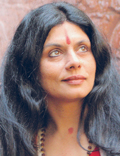 Shambhavi Chopra is a mystic, yogini and spiritual guide. She is a dynamic teacher of Shakta or Goddess traditions of India. She draws the seeker through Shakti Sadhana and Tantra, emphasizing the role of the “Divine Feminine Power,” creating an inner and outer transformation through meditation, sacred rituals, mantra japa, healing and Pratyahara. Shambhavi has written bestselling books. vedanet.com
Shambhavi Chopra is a mystic, yogini and spiritual guide. She is a dynamic teacher of Shakta or Goddess traditions of India. She draws the seeker through Shakti Sadhana and Tantra, emphasizing the role of the “Divine Feminine Power,” creating an inner and outer transformation through meditation, sacred rituals, mantra japa, healing and Pratyahara. Shambhavi has written bestselling books. vedanet.com

